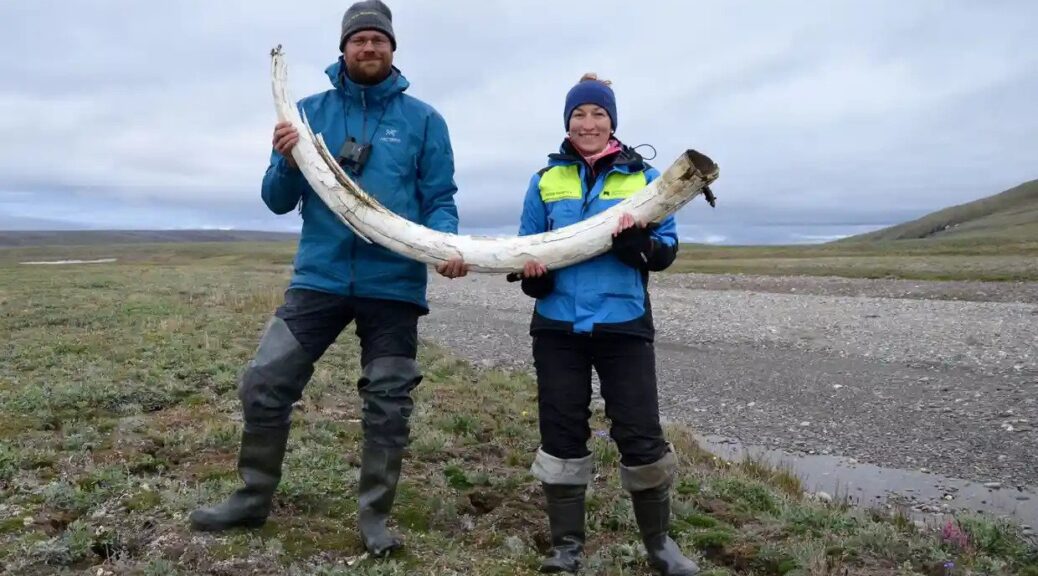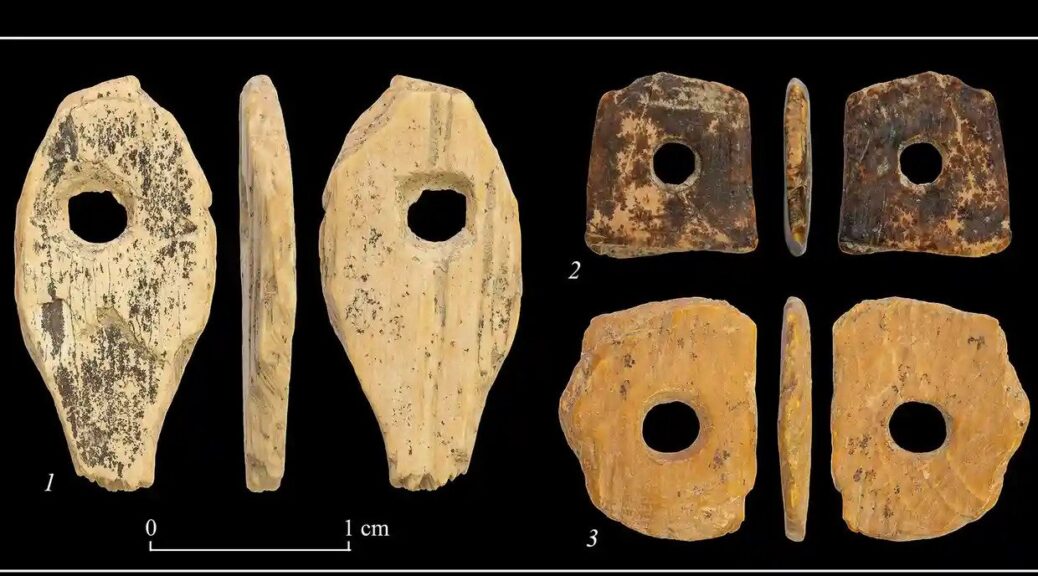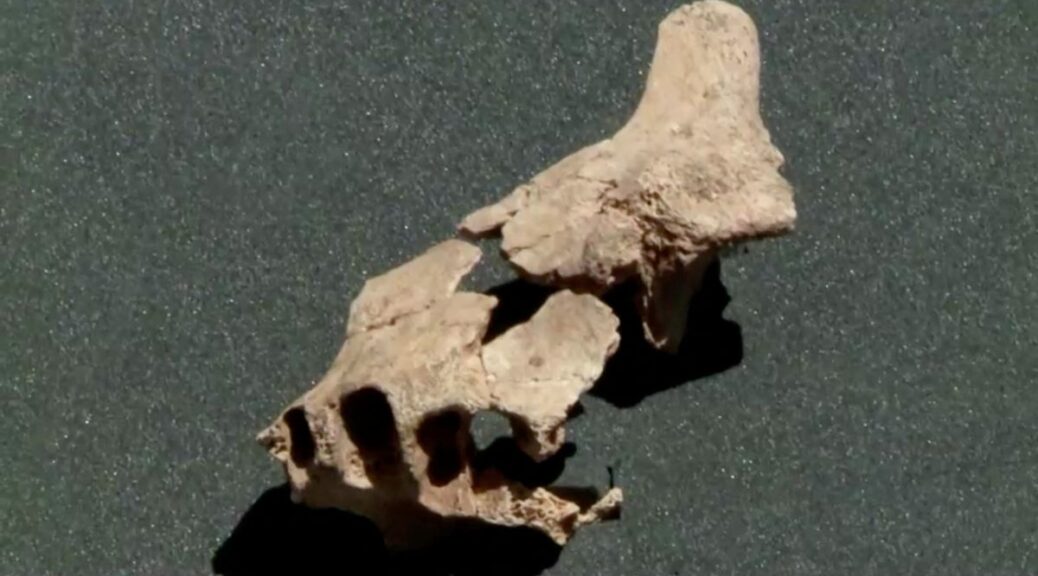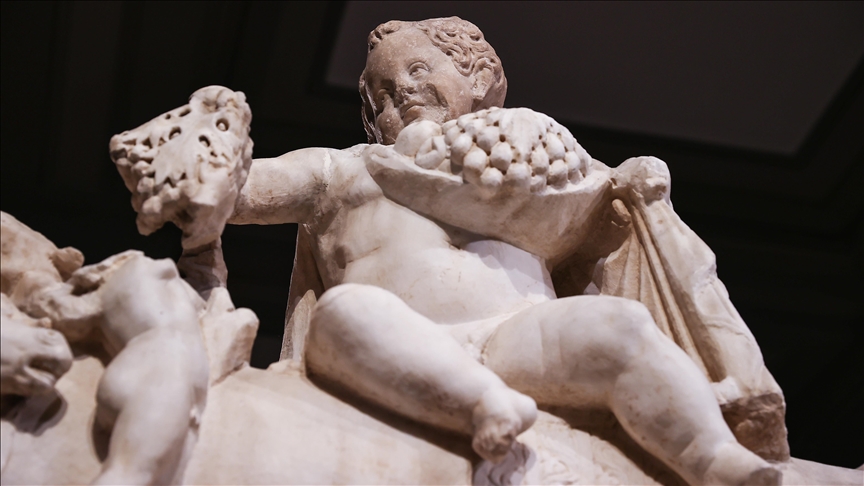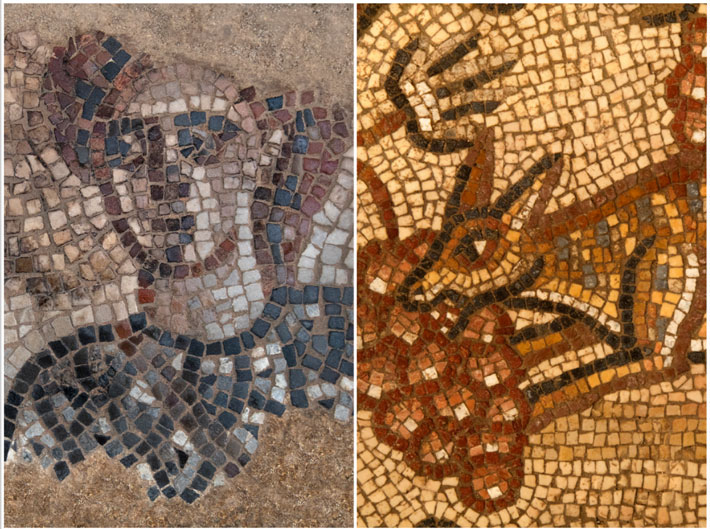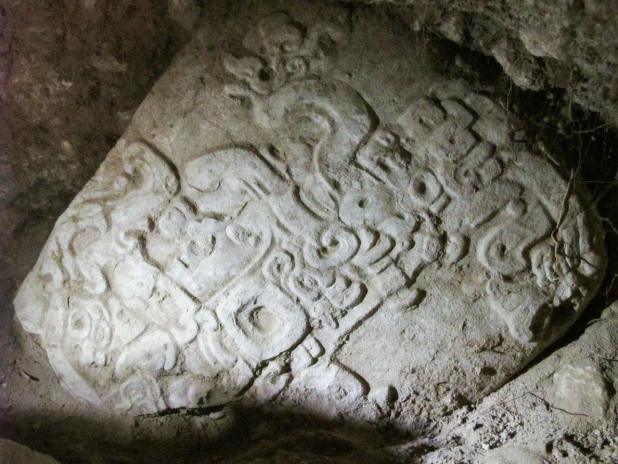Million-year-old mammoth genomes set a record for ancient DNA

Teeth from mammoths buried in the Siberian permafrost for more than a million years have led to the world’s oldest known DNA being sequenced, according to a study that shines a genetic searchlight on the deep past.
Researchers said the three teeth specimens, one roughly 800,000 years old and two more than a million years old, provided important insights into the giant ice age mammals, including into the ancient heritage of, specifically, the woolly mammoth.
The genomes surpass the oldest previously sequenced DNA, that of a horse dating from 560,000 to 780,000 years ago.
Love Dalén, professor of evolutionary genetics at the Centre for Palaeogenetics in Stockholm, was the senior author of the study, published in Nature. He said: “This DNA is incredibly old. The samples are a thousand times older than Viking remains, and even pre-date the existence of humans and Neanderthals.”
The mammoths were originally discovered in the 1970s in Siberia and had been kept at the Russian Academy of Sciences in Moscow.

Researchers first dated the specimens geologically, using comparisons with other species, such as small rodents, known to be unique to particular time periods and found in the same sedimentary layers.
This suggested that two of the mammals were ancient steppe mammoths more than a million years old. The youngest of the trio is one of the earliest woolly mammoths yet found.
The team also extracted genetic data from tiny samples of powder from each mammoth tooth, “essentially like a pinch of salt you would put on your dinner plate”, Dalén told a press briefing.
While the material had degraded into very small fragments, the scientists were able to sequence tens of millions of chemical base pairs – which make up the strands of DNA – and conduct age estimates from the genetic information.
This suggested that the oldest mammoth, named Krestovka, was even older than thought, at approximately 1.65m years, while the second, Adycha, was about 1.34m years old, and the youngest, Chukochya, was 870,000 years old.
Dalén said that, regarding the oldest mammoth, the DNA dating process could indicate the creature was probably about 1.2m years old, as suggested by the geological evidence. But it was possible the specimen was older than that and had thawed out of the permafrost at one point and then become wedged in a more recent layer of sediment.
Tom van der Valk, of the Science for Life Laboratory, Uppsala University, in Sweden, said the DNA fragments were like a puzzle with millions of tiny pieces “way, way, way, smaller than you would get from modern high-quality DNA”.
Using a genome from an African elephant, a modern relative of the mammoth, as a blueprint for their algorithm, the researchers were able to reconstruct parts of the mammoth genomes.
The study found that the mammoth named Krestovka represented a previously unrecognised genetic lineage, which researchers estimated diverged from other mammoths around two million years ago and was ancestral to those that colonised North America.
The study also traced the lineage from the million-year-old Adycha steppe mammoth to Chukochya and other more recent woolly mammoths.
Researchers also found gene variants associated with life in the Arctic, such as hairiness, thermoregulation, fat deposits and cold tolerance in the older specimen, suggesting mammoths were already hairy long before the woolly mammoth emerged.
Siberia has alternated between dry and cold ice age conditions and warm, wet periods. Now climate change is causing the permafrost to melt and reveal more specimens, Dalén said. There was a risk that amid more rainfall, remains could be washed away, however.
Dalén said new technologies could allow the sequencing of even older DNA from remains found in the permafrost, which dates back 2.6m years.
Researchers are keen to look at creatures such as the ancestors of moose, musk ox, wolves and lemmings, to shine a light on the evolution of modern species.
“Genomics has been pushed into deep time by the giants of the ice age – the wee mammals that surrounded them might soon also have their day,” said Alfred Roca, a professor at the department of animal sciences at the University of Illinois, US, in a comment piece published in Nature.
